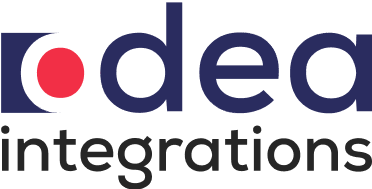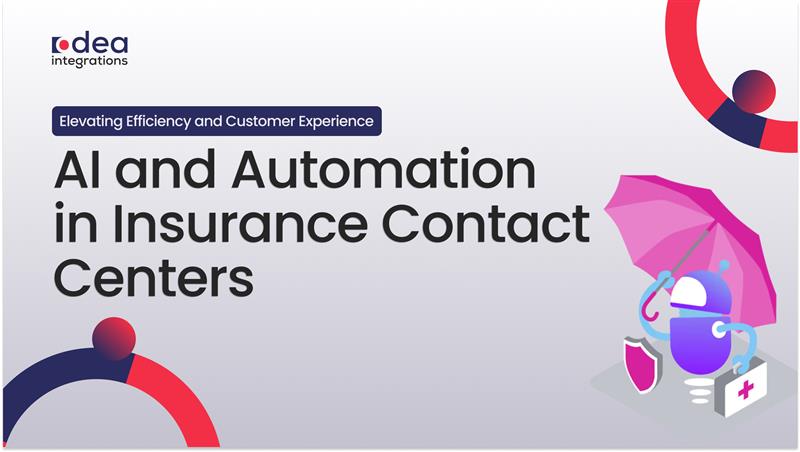In an industry where trust and responsiveness are paramount, insurance providers are under increasing pressure to deliver seamless, personalized service while managing operational costs. Artificial intelligence (AI) and automation have emerged as transformative forces, enabling insurers to modernize contact centers, accelerate claims processing, and meet evolving customer expectations. By integrating advanced technologies like intelligent chatbots, predictive analytics, and robotic process automation (RPA), forward-thinking insurers are positioning themselves to thrive in a competitive landscape.
The Role of AI in Modernizing Insurance Customer Service
AI is reshaping how insurers interact with policyholders. Intelligent chatbots, powered by platforms like Amazon Lex conversational AI, now handle routine inquiries such as policy updates, claims status checks, and premium calculations with 24/7 availability. These tools leverage natural language processing (NLP) to deliver human-like interactions, reducing wait times and freeing agents to focus on complex cases. Meanwhile, predictive analytics analyze historical data to anticipate customer needs—for instance, suggesting flood insurance to homeowners in high-risk regions or automating life insurance adjustments after major life events. This shift not only enhances customer satisfaction but also drives cross-selling opportunities.
Operational Excellence Through Automation
Automation is streamlining back-end processes critical to insurance operations. Robotic Process Automation (RPA) expedites claims processing by validating documents, flagging fraud patterns, and automating payouts—a capability that proved invaluable during recent natural disasters. Integration with Contact Center CRM software ensures agents have unified access to customer histories, enabling personalized interactions across channels. Furthermore, CTI connectors synchronize telephony systems with customer databases, allowing agents to resolve issues faster by accessing real-time policy details during calls. These innovations reduce manual workloads by up to 50%, as demonstrated by early adopters like Allstate and AXA.
Real-World Impact: Case Studies
Leading insurers are already realizing tangible benefits. For example, OVA Virtual Agents reduced call volume by 30% for a major provider by resolving routine inquiries autonomously, while Lemonade’s AI-driven claims bot processes claims in under three minutes, achieving a 90% customer satisfaction rate. Similarly, cost optimization strategies have enabled mid-sized insurers to cut operational expenses by 25% through automated workflows and cloud-based scalability. These examples underscore the potential of AI and automation to drive both efficiency and customer loyalty.
Balancing Innovation with Challenges
While the benefits are clear, insurers must navigate challenges such as data security, legacy system integration, and maintaining empathetic customer interactions. Robust encryption frameworks and compliance with regulations like GDPR are non-negotiable when handling sensitive policyholder data. Modernizing outdated infrastructure requires strategic partnerships with tech providers specializing in seamless integrations, such as hybrid solutions that bridge legacy systems with AI tools. Crucially, insurers must preserve the human touch for emotionally charged scenarios—such as bereavement claims—by deploying AI for routine tasks while reserving human expertise for high-stakes interactions.
The Future: AI-Driven Insurance Ecosystems
Looking ahead, advancements in generative AI will enable insurers to draft personalized policy documents in seconds, while IoT integration—such as smart home sensors detecting water leaks—will automate claims triggers, reducing administrative overhead. Voice biometrics and blockchain-based authentication will further enhance security and streamline customer onboarding. These innovations, combined with predictive risk modeling, will position insurers not just as claims processors, but as proactive partners in risk mitigation.
Conclusion
The integration of AI and automation is no longer optional for insurers aiming to lead in a digital-first era. By adopting technologies like OVA, Amazon Lex, and advanced CRM systems, insurers can achieve unprecedented operational agility, cost efficiency, and customer-centricity. At Odeay, we empower insurers to navigate this transformation with tailored solutions that balance innovation with compliance.
Ready to future-proof your insurance contact center?
Discover Odea’s AI-driven solutions today.





